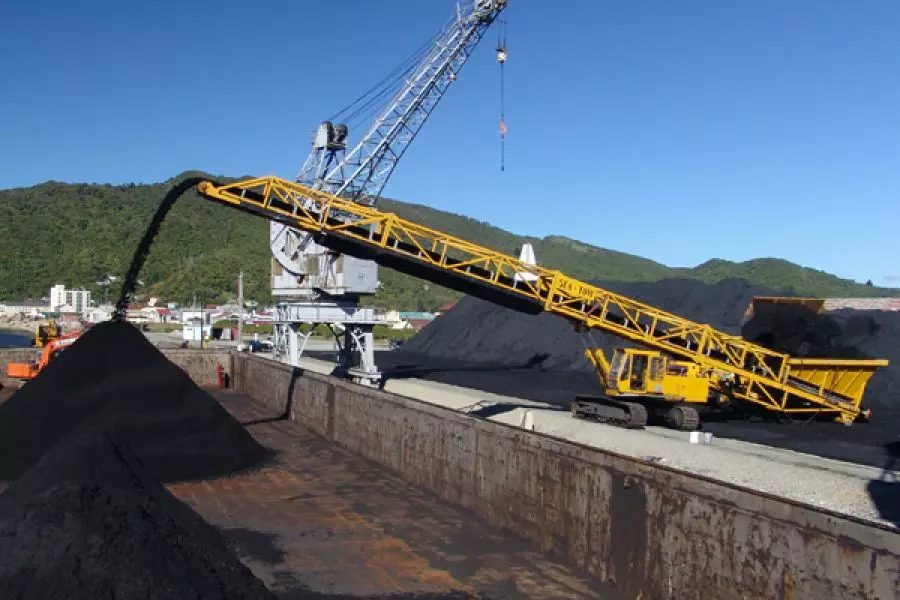News
Those who benefit should pay

Friday 5th of July 2019
The Productivity Commission has released its draft report on local government funding and financing arrangements and it emphasises that new funding strategies and mechanisms are necessary.
While the report says that the current framework measures up well against the principles of a good funding and financing system for local government, it also says there is room for improvement.
<...
Want to read the full article?
Click the button below to subscribe and will have unlimited access to full article and all other articles on the site.






![[The Wrap] Bye Bye Bayly](https://goodreturns.publit.io/file/c_fill,w_900,h_600/39f23ac1-f7c7-4854-b700-a150004ebbac.webp)


